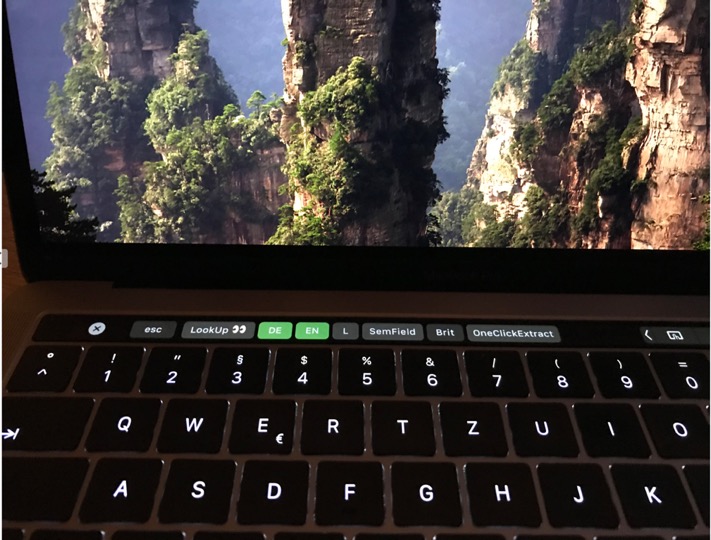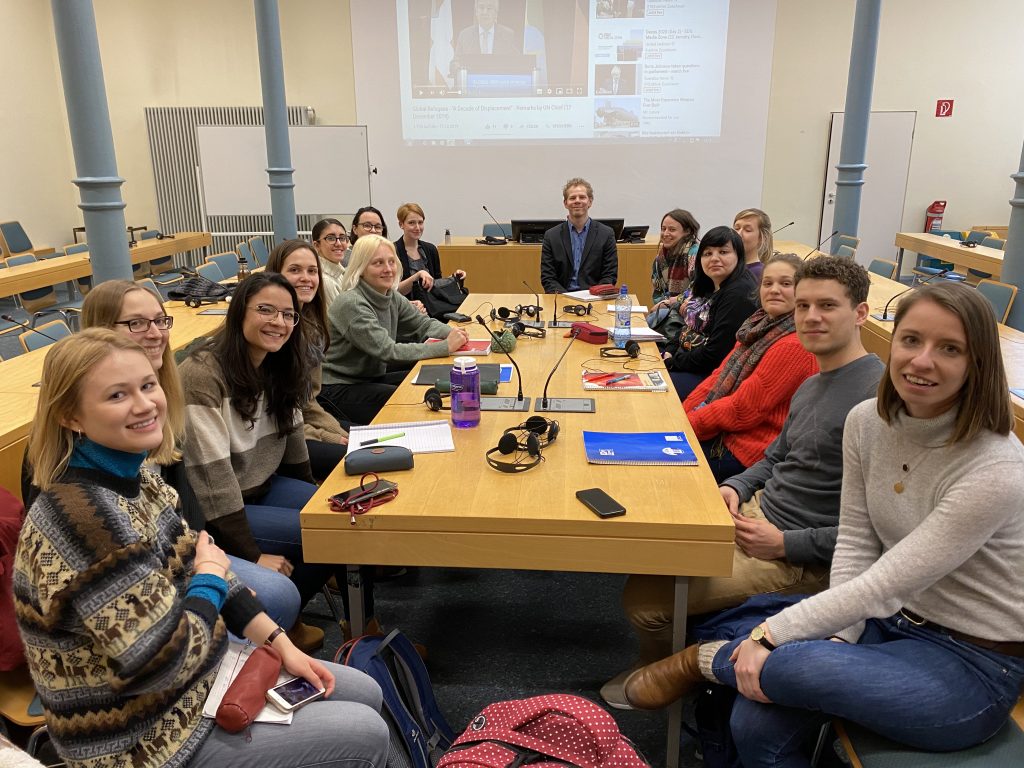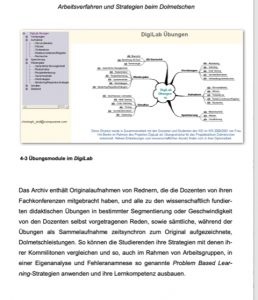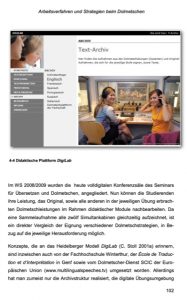HeiCIC – The Heidelberg Conference Interpreting Corpus – a collaborative project created at the behest of the research community. It currently features several hundreds of recordings in the eight floor languages of the Heidelberg ShowCase CI Studies Conferences series. Gleaning empirical data to lay the foundation of further research into high performance strategies has been on the tops of our minds for years.
Now the MA Conference Interpreting Programme has a slate of technical conventions to showcase advanced methods of conference interpreting. Both the efficiency and levels of performance afforded by modern, partially automated preparation methods for LSP conferences can now be explained and documented using large amounts of machine readable data.
The project aims at collecting and analysing the Heidelberg Conference Interpreting Corpus. HeiCIC collates recordings of conferences in different LSP contexts: engineering, shareholder meetings. The main research focus of the initial project phase is to qualitatively and quantitatively explore interpretation strategies in relation to types of preparation and genre/ register (field, tenor, mode).
Students contribute as part of the research community, working on projects for their term papers, MA or Ph.D. theses. They also look into the corpus in our interpreting courses to validate quality criteria of preparation strategies and the method inventory of high performance strategies. Interpreters work in simultaneous booths into and between the working languages of our MA Conference Interpreting Programme.
To contextualise the learner corpus, young professionals and seasoned (AIIC) interpreters work alongside as a reference, producing several interpretations of the same presentation in parallel. Recordings and their transcriptions along with meta data are aligned with information about interpreters’ preparation strategies and resources (e.g. glossaries, CAI tools and CCT maps).
Students contribute as part of the research community, working on projects for their term papers, MA or Ph.D. theses. They also look into the HeiCIC corpus to validate quality criteria of preparation techniques and the method inventory of high performance strategies to manage semantic priming cues and glossaries for technical meetings digitally.
CIRP Server Log-In (Conference Interpreting Research Server)




